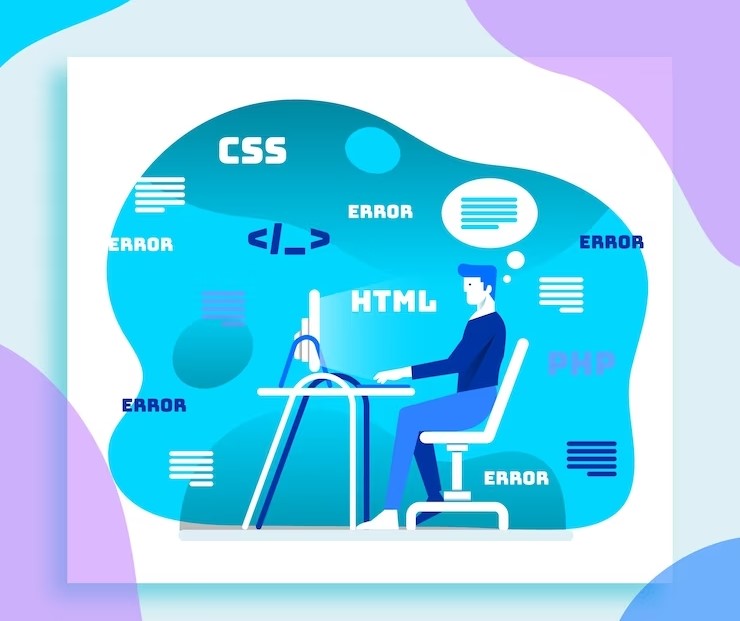What is the key concept of web development?

Web development is of paramount importance in the contemporary world as it underpins our digital interactions and information dissemination. With the internet being a primary source of communication and commerce, website development enables the creation of functional and user-friendly websites and applications that connect individuals, businesses, and organizations globally. It fosters business growth through e-commerce platforms, strengthens user engagement with interactive interfaces, and facilitates the rapid sharing of information and knowledge.
Moreover, web development supports branding, marketing, and customer support efforts, driving innovation through the creation of novel web-based tools and applications. The ability to design responsive and accessible websites ensures inclusivity, while the data collected aids in informed decision-making. As a catalyst for competitiveness, cost efficiency, and career opportunities, web development stands as a cornerstone of our interconnected and technologically driven world.
It involves designing the user interface, writing code to make the website function, and ensuring its performance, security, and accessibility. Web development includes both front-end development, which deals with what users see and interact with, and back-end development, which handles the behind-the-scenes functionality of a website. These elements come together to produce functional and engaging online experiences.
The basic concept of web development involves designing, creating, and maintaining websites or web applications. It encompasses various technical and creative processes, including:
- Front-End Development:
- Back-End Development:
- Full-Stack Development:
- Web Development Frameworks:
- Responsive Design:
- User Experience (UX) and User Interface (UI) Design:
- Web Hosting and Deployment:
- Testing and Debugging:
- Security:
- Continuous Learning:
Focuses on creating the parts of a website that are visible to users and interact with it directly. It involves using languages like HTML (structure), CSS (presentation), and JavaScript (interactivity) to build a user-friendly interface.
This involves building the server-side of a website, which handles data storage, processing, and overall functionality. Back-end developers work with server technologies, databases, and programming languages like Python, PHP, Ruby, and more.
Full-stack developers are skilled in both front-end and back-end development, enabling them to create entire web applications from start to finish.
These are pre-established tools and libraries that simplify and speed up the development process by offering reusable components and standardized practices.
Designing websites to adapt and function well across different devices and screen sizes, ensuring a consistent user experience.
UX design emphasizes creating enjoyable and efficient user experiences, while UI design focuses on crafting visually appealing interfaces.
After development, websites need to be hosted on servers and deployed to be accessible on the internet.
Rigorous testing is vital to identify and fix any issues in the website's functionality and design before it goes live.
Implementing security measures to safeguard websites from potential threats and vulnerabilities, such as data breaches and hacking.
Due to the ever-evolving nature of technology, web developers need to stay updated with new tools, languages, and trends to build modern and effective websites.
In essence, web development is a multi-faceted process that combines technical skills, design principles, and problem-solving to create functional and engaging online platforms.
FAQs
How do web designers make passive income?
Web designers can generate passive income by creating and selling website templates, themes, or design resources on platforms like ThemeForest or Creative Market, offering online courses or tutorials on platforms such as Udemy or Skillshare, participating in affiliate marketing programs by promoting design tools or services, developing and selling design-related plugins or software, creating print-on-demand products with unique designs on platforms like Redbubble, maintaining a design-focused blog or YouTube channel that generates ad revenue, and establishing subscription-based services for premium design content or resources, thereby creating ongoing income streams with minimal ongoing effort.
How do website owners get paid?
Website owners get paid through various methods depending on their business model. For e-commerce sites, they receive payments from customers through online payment gateways, credit card processors, or digital wallet services. Content-driven sites can earn revenue from advertisements through ad networks like Google AdSense or sponsored content deals. Subscription-based websites receive recurring payments from subscribers. Additionally, websites can monetize through affiliate marketing, selling digital products, offering premium memberships, or receiving donations through platforms like Patreon. Payment methods range from direct bank transfers and PayPal to cryptocurrencies, and earnings are typically tracked and managed through analytics and financial tools.
Is web development in demand?
Yes, web development and web developers are in high demand due to the increasing reliance on digital platforms. Businesses, organizations, and individuals are seeking web developers to create and maintain websites and web applications for online presence, e-commerce, information sharing, and user engagement. The growth of e-commerce, mobile usage, and the need for responsive, user-friendly interfaces drives demand for skilled front-end and back-end developers. As technology continues to evolve, the demand for web development expertise remains robust, making it a promising and sought-after field in the modern job market.
